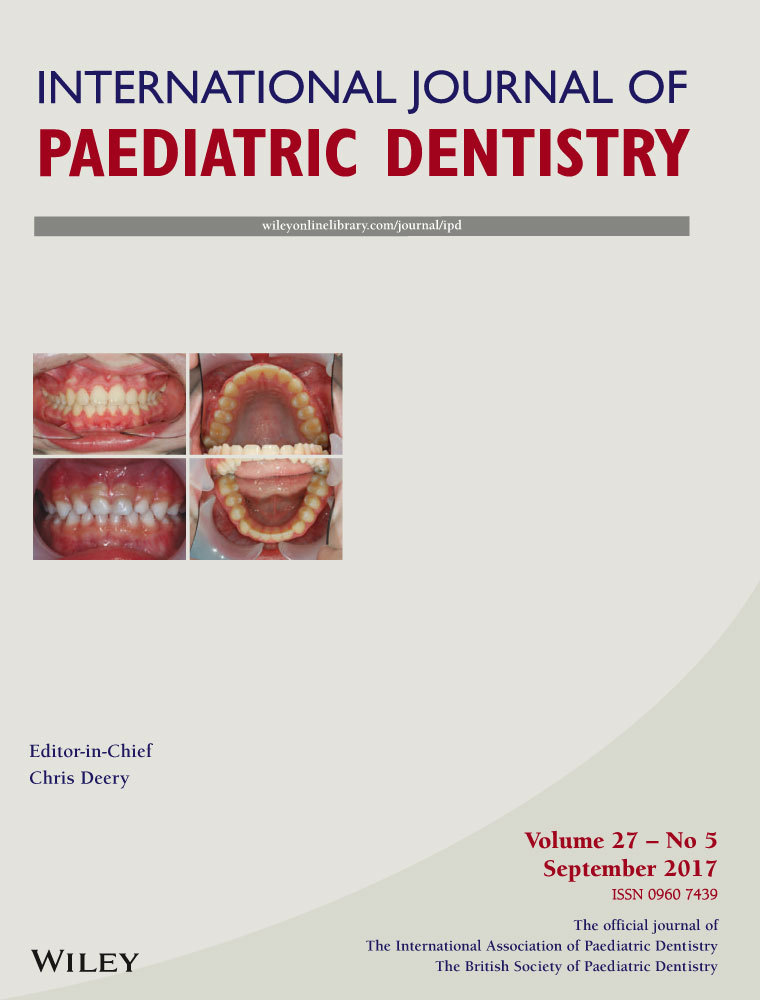Do parents and children perceive molar–incisor hypomineralization as an oral health problem?
Summary
Background
Very little is known about how patients perceive molar–incisor hypomineralization (MIH).
Aim
The aim of this study was to identify whether parents and children perceive opacities associated with MIH as an oral health problem.
Design
A case–control study was designed in which 131 children diagnosed with MIH were matched by age, sex, and school to 131 children without MIH. The Child and Parent Questionnaire about Tooth Appearance was used to assess reports from parents, who were interviewed by telephone, and children, who were interviewed on school premises. The Spearman correlation and Wilcoxon and Fisher's exact tests were used to assess the data.
Results
For the first part of the questionnaire, children avoided smiling because of the appearance of their teeth, and mothers seemed to be distressed by the appearance of their children's teeth (P < 0.05). For the second part, children showed dissatisfaction with their ‘tooth alignment’ and ‘tooth discoloration’ compared with the controls, while mothers were not satisfied with their children's tooth discoloration in comparison with controls (P < 0.05). Children and mothers were concerned about tooth discoloration (P < 0.05).
Conclusion
Poor agreement was found between the reports of children and their mothers, but both children and mothers in the MIH group perceived MIH opacities negatively in comparison with controls.




